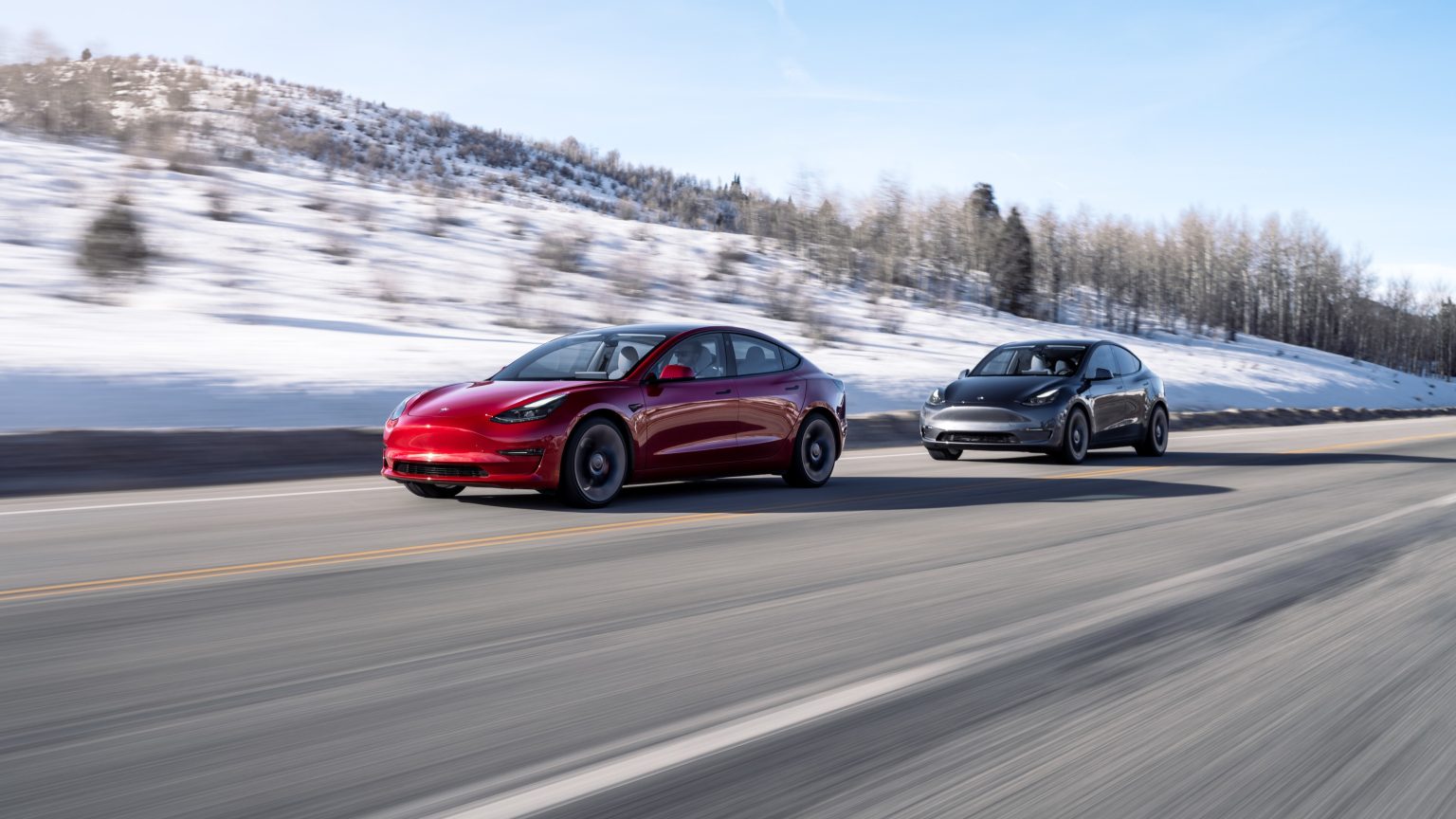Apple’s electric car project is dead, yet the company’s relationship with the automotive market may have taken a drastic role had it gone forward with plans to acquire Tesla. That’s according to The New York Times, which today published a new article detailing what went wrong with the doomed “Project Titan.”
According to the report, many employees working on the company’s failed endeavor proclaimed the project as a ticking time bomb from the start, to the point where some employees jokingly referred to it as “The Titanic disaster.” Apple continuously flip-flopped over what the project’s main goal should be, which flailed from an electric Tesla-like vehicle at its inception to a self-driving car much like Google’s Waynmo.
The report also confirms that Apple held “some discussions” with Elon Musk to explore acquiring Tesla, a tidbit that Musk described as far back as 2020. Apple ultimately decided against acquiring the electric automaker, opting instead to build its own vehicle from the ground up rather than “buying and integrating another business.”

Discover new horizons, always connected with eSIM
Travel the world stress and hassle-free with the best eSIM service available. Enjoy unlimited data, 5G speeds, and global coverage for affordable prices with Holafly. And, enjoy an exclusive 5% discount.
All in all, Apple is estimated to have burned through no less than $10 billion on various costs associated with its car project, including research and development, staff salaries, and testing of autonomous systems. The project also had no less than four leaders during its 10-year existence, the most recent of which was Kevin Lynch, who continues to lead work on the Apple Watch.
Multiple leaders on the Apple Car project clashed over the general direction that the vehicle should pursue. This constant clashing was atypical of how the company conducts high-caliber projects. Adding fuel to the fire, Apple hired many leaders and engineers from outside the company to work on its car, and a cultural clash between insiders and outsiders was partly to blame for the project’s failure.
Apple’s ex-chief of design Jony Ive and his industrial design team had ambitious goals for the project. One concept called for an “Apple Minivan” that resembles a Fiat Multipla 600 with a curved sunroof, except that Apple’s version would not be fitted with a steering wheel of any kind. Rather, the vehicle would entirely rely on autonomous driving, with any passenger control held via voice control powered by Siri.
Up until the project’s demise, Apple had as many as 2,000 employees working full-time on its electric vehicle. The team reportedly included former NASA and Porsche engineers who went on to design a windshield with a built-in display that could display turn-by-turn navigations. Another invention as part of the project was a heat-resistant sunroof made from special polymers that could reduce heat from the sun.
The final nail in the coffin for Apple Car was the complexity of developing autonomous software and algorithms that would allow the vehicle to drive itself, with the report describing the undertaking as “too difficult” even for Apple. Nevertheless, the company plans to apply what it learned from the project to other areas such as generative AI and automation, with the former described as “invaluable” to the iPhone’s future success.
The report echoes Bloomberg‘s earlier story of how senior Apple executives were concerned about the amount of revenue margin the company could’ve generated from its electric vehicle, which was targeted to be priced at around $100,000. Profit margins were reportedly going to be “razor-thin,” and the company finally decided earlier this year that a focus on generative AI would be a better use of its resources.
Ultimately, many employees on the project appear to be glad that it has finally been gutted after struggling with a general lack of purpose, conflicting goals, and unrealistic expectations.



